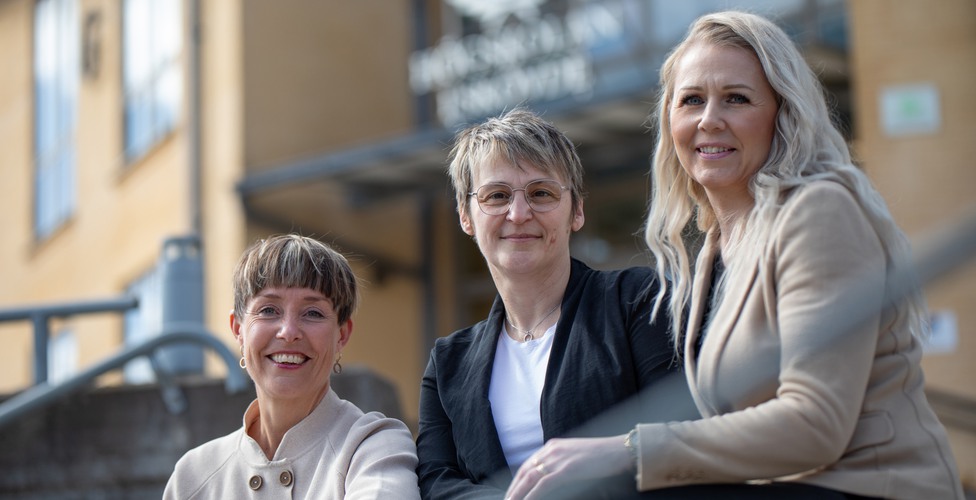The University of Skövde has spent many years carrying out research to facilitate earlier diagnosis of sepsis, with the aim of increasing survival rates for those affected. We therefore asked the University’s experts Anna-Karin Pernestig, Diana Tilevik and Sanja Jurcevic a question: “What’s the latest within the field of sepsis?” The answer is that four trends stand out globally: lessons learned from Covid-19, invasive group A streptococci, antibiotic resistance and preventive measures.
Sepsis, which was previously known as blood poisoning, is a life-threatening condition that occurs in the body in response to an infection. The body overreacts to the infection, triggering a series of reactions. For example, blood vessels begin leaking, leading to a drop in blood pressure that eventually damages organs including the kidneys, the heart and the brain. More than 50,000 people suffer from sepsis each year in Sweden, and around 20% of them die.
What is the latest within the field of sepsis?

The University’s researchers Anna-Karin Pernestig, Diana Tilevik and Sanja Jurcevic continuously monitor what is happening globally within the research field. They have identified four major trends within sepsis, and explain them in greater detail:
Trend 1: Covid-19 has taught us many lessons
The Covid-19 pandemic has driven forward vaccine and medication development in an unprecedented way. SARS-CoV-2 has shown us once again how diverse the immune response can be to a particular pathogen (an organism that causes disease), and how various organ dysfunctions can develop as a consequence. Unlike other serious infectious diseases, immunotherapy for severe Covid-19 has made significant progress and SARS-CoV-2 is the first sepsis pathogen for which a strong level of evidence means that immunotherapy can be recommended.
The Covid-19 pandemic has also drawn attention to post-Covid syndrome, which has symptoms that are almost identical to post-sepsis syndrome. Patients who survive sepsis can suffer from severe symptoms that make it hard for them to make a full return to their everyday lives. There are significant gaps in healthcare knowledge within this area, making it difficult for patients to get the right help. Here, we have identified a need for much more research!
Trend 2: Invasive group A streptococci are increasingly common
New statistics from the Public Health Agency of Sweden show that the number of reported cases of invasive group A streptococcus rose to around 1,300 in 2023. In recent years, invasive group A streptococcus variants have become more widespread in Europe and in Sweden.
Group A streptococcus infections are common. The vast majority of those who fall ill have mild symptoms, such as fever or a sore throat. Streptococci can also cause superficial skin infections and streptococcal tonsillitis. Older children and adolescents in particular can be carriers of the bacterium, usually in the throat, without showing any signs of illness. In severe cases, group A streptococci can cause invasive conditions, such as sepsis and deep soft tissue infection with severe muscle pain. The latter is known as necrotising fasciitis, as it leads to muscle tissue being destroyed.
Trend 3: Antibiotic resistance is growing globally
One growing global challenge is antibiotic resistance, whereby bacteria have developed resistance to one or more antibiotics. As bacteria grow resistant to antibiotics, it is becoming increasingly difficult to find effective drugs to fight infections. This in turn can lead to more severe diseases and sepsis, resulting in increased mortality among affected patients. Addressing this challenge requires a strategy that includes improved use of existing antibiotics, developing new ones, and action to prevent the spread of resistant bacteria through preventive measures such as good hygiene practices and vaccination programmes.
Treating sepsis is becoming increasingly complex due to growing antibiotic resistance, highlighting the need for early diagnosis, targeted antibiotic treatment and multidisciplinary care to improve the prognosis for patients. Resistance to antibiotics within the quinolone and carbapenem classes is particularly worrying. Such resistance has grown significantly in recent years, and poses a major challenge in terms of treating serious infections, including sepsis.
Trend 4: Preventive measures and early detection of sepsis
Another trend we have seen is a focus on preventive measures to reduce the risk of sepsis, such as good hygiene practices, vaccination programmes and early detection of infections. There is a growing awareness of the importance of identifying signs of sepsis early on and seeking medical help quickly to improve the prognosis:
- The development of algorithms and AI technology is progressing. AI can be used to analyse clinical data, and to identify early signs of sepsis. These systems can alert healthcare professionals when a patient shows signs of sepsis, which can lead to faster diagnosis and treatment.
- Significant progress is also being made when it comes to developing rapid testing methods that can be used in a bedside setting to identify infections and signs of sepsis more quickly. These tests can provide immediate results, and can help to speed up treatment.
- Using telemedicine and remote monitoring technologies, healthcare professionals can monitor patients remotely and quickly identify signs of deterioration, including sepsis. This allows for early intervention and treatment outside a hospital environment.
- Training programmes to raise awareness of sepsis and its early signs among healthcare professionals have been highlighted. Educating professionals on early identification signs and guidelines for prompt treatment can help to improve patient outcomes and survival.


